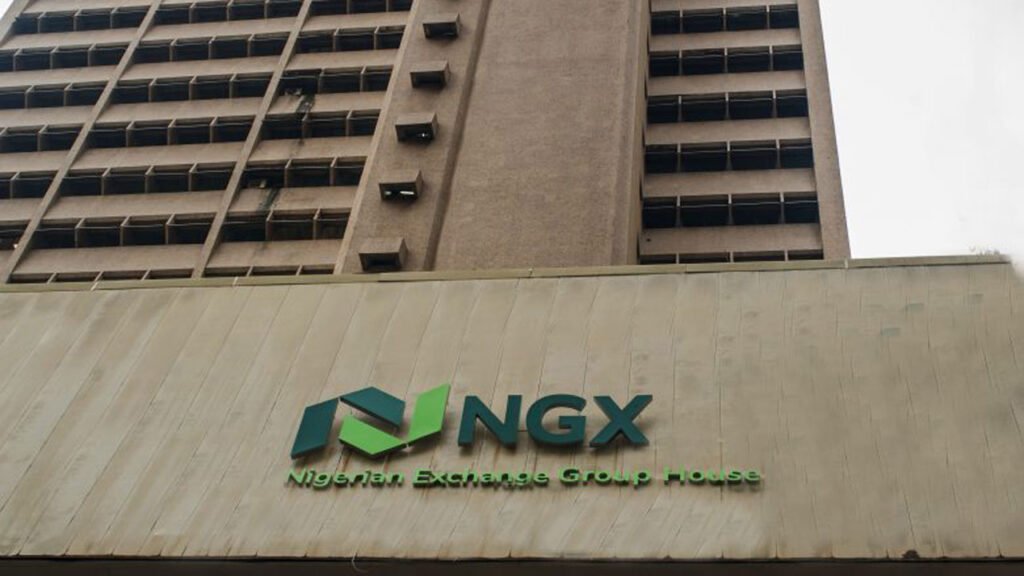
•Cardoso seeks disclosure of debt management strategies
The implementation of Medium-Term Debt Strategies (MTDS) of West African countries is facing challenges, the West African Institute for Financial and Economic Management (WAIFEM) has said, promising to develop a yearly borrowing plan for the region.
The Director-General of WAIFEM, Baba Musa, said this at the opening of regional training on Annual Borrowing Plan (ABP) development jointly organised by the World Bank, and International Monetary Fund (IMF), declaring that the practical implementation of MTDS often presents considerable challenges.
He said: “While our member countries diligently formulate and update MTDS, the practical implementation often presents considerable challenges. This particular training on ABP Development is designed to address this issue by providing a structured framework for operationalising the MTDS annually.”
In his remarks, the Governor of the Central Bank of Nigeria (CBN), Olayemi Cardoso, said in an interconnected world, effective debt management is not just a technical exercise but a strategic necessity.
He stressed that debt management ensures that governments can finance critical investments in infrastructure, education, healthcare, and other essential services without jeopardising the well-being of future generations.
While insisting that strengthening national capacities for debt management is crucial for meeting the government’s funding needs both now and in the future in a cost-effective and risk-conscious manner, Cardoso said countries must prioritise building a balanced and resilient debt portfolio.
Cardoso advocated the publication of debt management strategy (DMS), saying: “Publishing the DMS is essential. It demonstrates the government’s unwavering commitment to its fiscal strategy, promoting transparency and accountability in debt management practices. This mitigates investor uncertainty and facilitates constructive dialogue with creditors, investors and other key stakeholders, including credit rating agencies, regarding the optimal financing strategy.”
He argued that developing and implementing a robust ABP offers numerous benefits such as communicating the government’s borrowing intentions to domestic and international markets enhancing predictability and fostering investor confidence.
Cardoso explained that the ABP also facilitates proactive risk management by identifying potential vulnerabilities such as refinancing risks or exposure to specific currencies or interest rate movements, allowing debt managers to take pre-emptive measures to mitigate these risks.
He added: “The development of the ABP requires close collaboration among various stakeholders, including the Ministry of Finance, the Central Bank, and debt management agencies. This collaborative process strengthens coordination, enhances coherent decision-making and prevents ad hoc borrowing operations, ensuring that borrowing activities align with broader macroeconomic objectives.”
The CBN boss observed that formulating robust DMS and ABP cannot be done in isolation, saying: “It requires a comprehensive approach involving a well-coordinated institutional framework for public debt management and a stable macroeconomic environment. Strengthening the budgetary process and accounting systems to enhance transparency and accountability is also essential”.
“Moreover, it is vital to disclose our debt portfolios and borrowing activities routine. This transparency builds trust with investors, creditors, and the public, creating a virtuous cycle that reduces borrowing costs and promotes efficient debt management,” he said.












